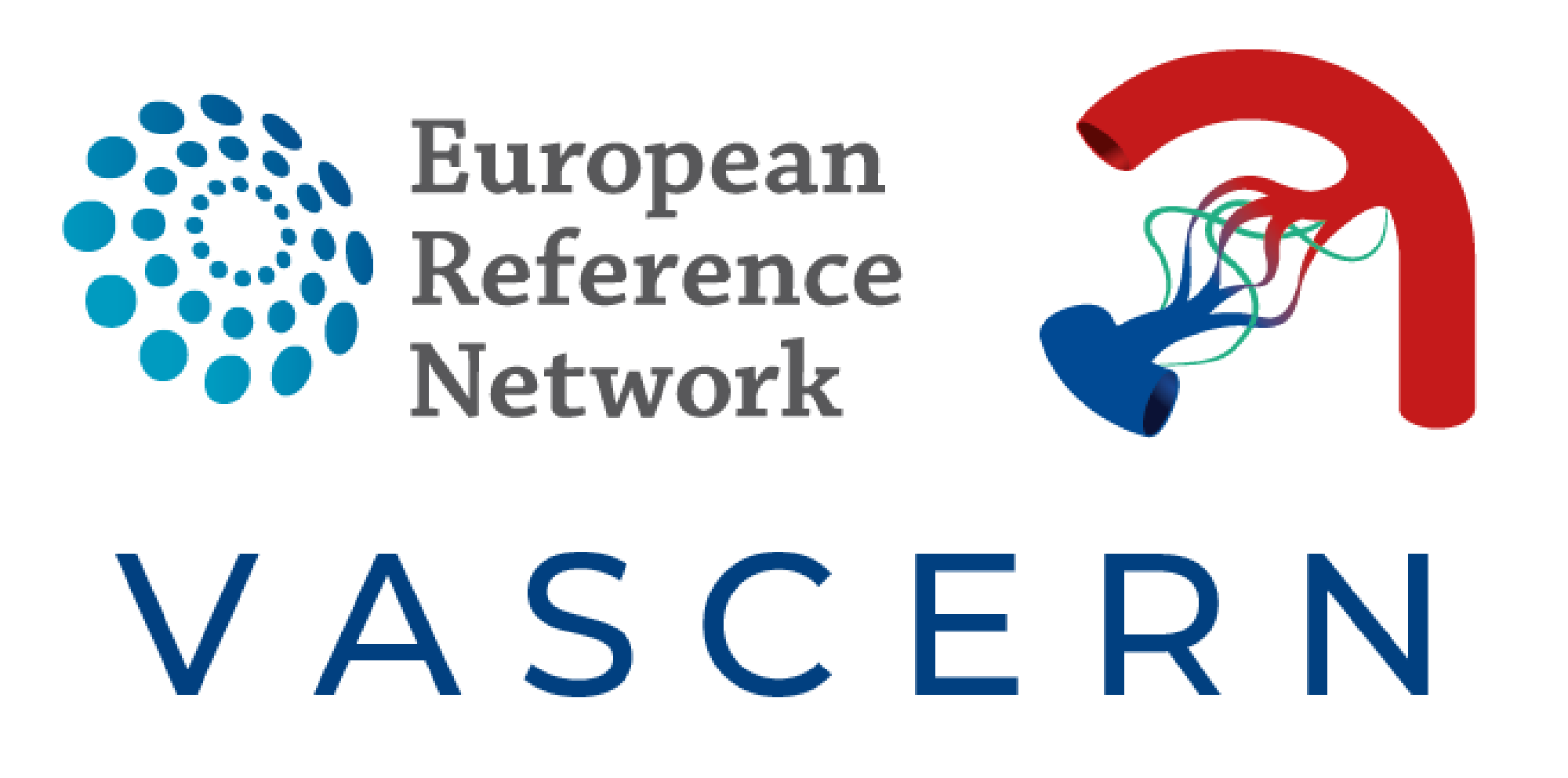

Sometimes, the earliest warning signs of CADASIl are subtle. A migraine here. A moment of forgetfulness there. But behind these seemingly everyday experiences can lie a more complex story—one that’s waiting to be heard.
On June 23, 2025, VASCERN hosted an important scientific webinar titled “Spectrum of Clinical Manifestations in CADASIL”, led by internationally renowned neurologist Prof. Hugues Chabriat. This recorded session is now available on YouTube for healthcare professionals or anyone looking to understand CADASIL and its profound impact.
What is CADASIL?
CADASIL, or Cerebral Autosomal Dominant Arteriopathy with Subcortical Infarcts and Leukoencephalopathy, is a life-altering condition. This inherited disease affects the small blood vessels in the brain and can cause a cascade of symptoms, including migraines with aura, strokes, cognitive decline, and emotional disturbances.
The genetic culprit behind CADASIL is a mutation in the NOTCH3 gene located on chromosome 19q13. This gene helps maintain the structure and function of blood vessels in the brain. When it malfunctions, it triggers a chain of events leading to the buildup of abnormal proteins and loss of vascular integrity.
Few people have contributed more to our understanding of CADASIL than Prof. Hugues Chabriat. Based at the Reference Centre for Rare Vascular Diseases of the Central Nervous System and the Retina in Paris, he brings decades of clinical and research experience to this discussion.
In the webinar, Prof. Chabriat explains not only the biological mechanisms of the disease but also the very human toll it takes—from the emotional stress of diagnosis to the realities of living with unpredictable symptoms.
Clinical signs you shouldn’t ignore
CADASIL symptoms can vary greatly from one person to the next but there are common threads:
- Migraine with aura is often the first sign, especially in younger adults.
- Cognitive slowing makes everyday tasks feel more difficult over time.
- Mood changes, such as depression or apathy, may go unrecognized for years.
- Recurrent strokes are a hallmark, often beginning in mid-life and leading to disability.
- Dementia and motor issues emerge in advanced stages.
Each of these signs, while manageable, can accumulate and profoundly affect quality of life.
Challenges in diagnosing CADASIL
Despite its severity, CADASIL often goes undiagnosed. Why?
- Symptoms mimic more common disorders like multiple sclerosis or Alzheimer’s.
- Early signs such as migraines are easily overlooked.
- Many clinicians are still unfamiliar with the condition.
Watch, learn, share
The Spectrum of Clinical Manifestations in CADASIL webinar is a crucial resource to under the full clinical manifestation of CADASIL. Stream the full recording now on VASCERN’s YouTube channel and hear directly from one of the world’s leading experts.
